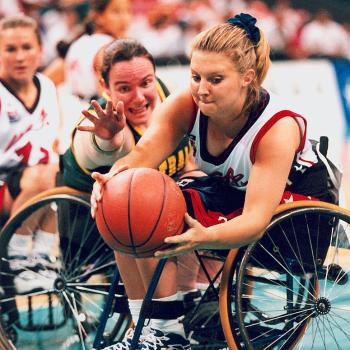At First Things, Wesley J. Smith summarizes the research on assisted suicide and suicide contagion:
Earlier this year, the original authors responded to this criticism in the JEMH. This time, they compared suicide rates in European countries that had legalized euthanasia with demographically similar countries that had not. Again, the authors found a “concerning pattern” where EAS (euthanasia/assisted suicide) is legal. They found, much to my expectation, that in the four jurisdictions they studied in which euthanasia and assisted suicide (EAS) are legal, “there have been very steep rises in suicide.” Moreover, “In none of the four jurisdictions did non-assisted suicide rates decrease after introduction of EAS.”
These findings are consistent with what it feel like to be severely depressed. There’s a sense of being utterly unable to do anything right, unable to succeed in any fashion; you feel as if your life is a complete drain on all those around you; there seems to be no hope of life getting any better. Under these circumstances, if your wider culture is telling you that suicide is a good thing, that it’s better to die than to live a “pointless” life . . . the temptation to suicide can only increase.
After all, you feel like *not dying* is hopeless, whereas apparently dying would be the only good thing you can do?
The message of assisted suicide is: Your life is not worth living, you and everyone else will be better off if you are dead. Any severely depressed person is a sitting duck for a message like that.
And yet, when the depression lifts? Suddenly life is a treasure. You find your purpose again. That spell of utter darkness is alien and wrong and you wonder how you could have despaired so badly. But it can only lift if you’re not dead.

Photo: 95-year-old woman and her pet rooster, © Jorge Royan / http://www.royan.com.ar /












